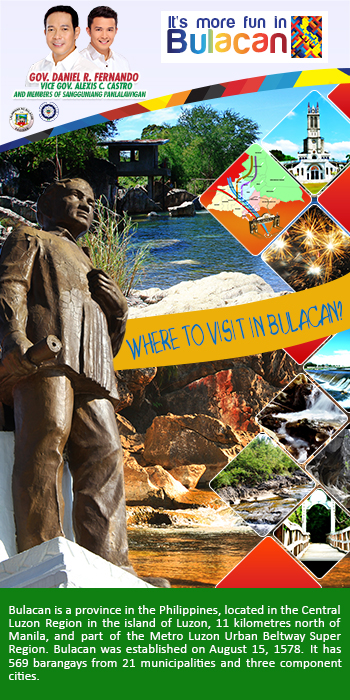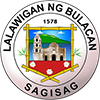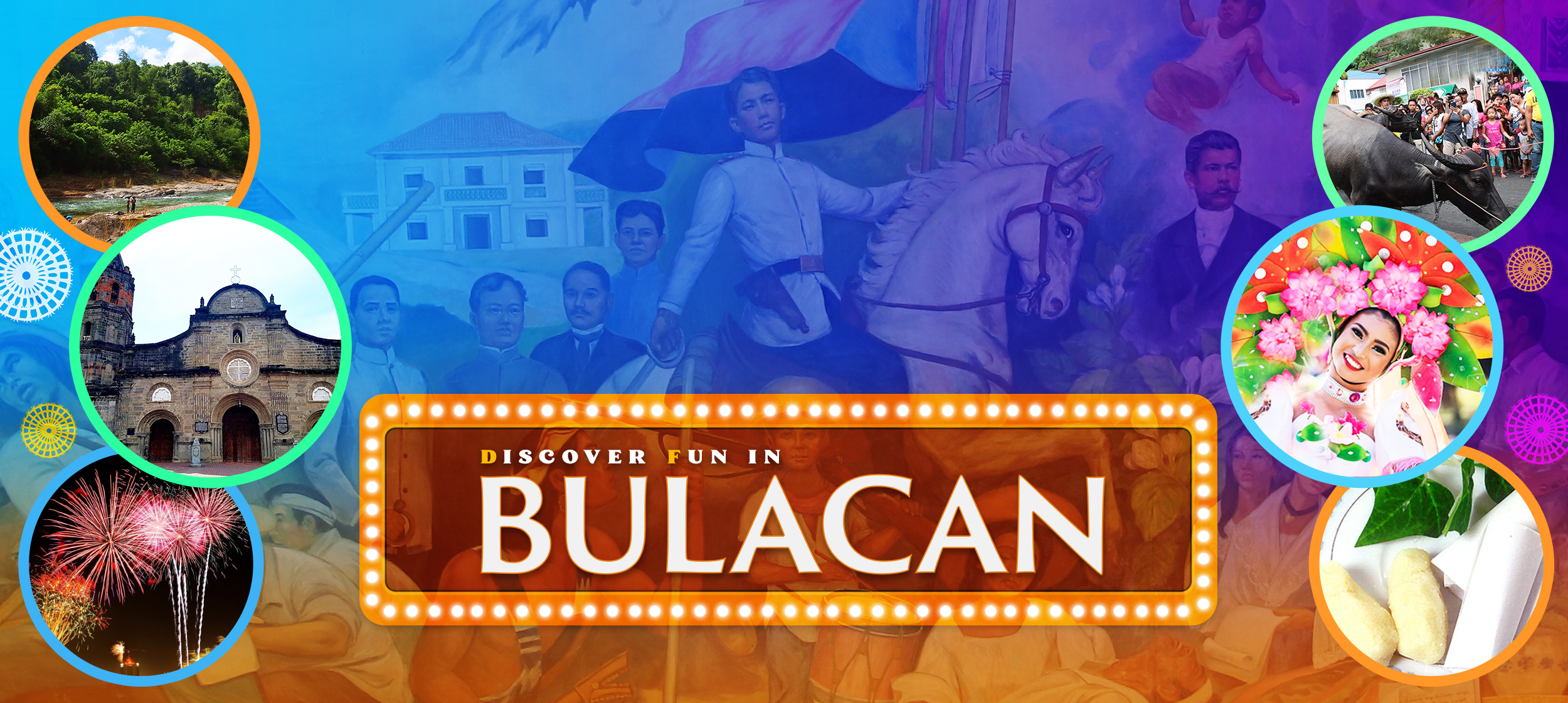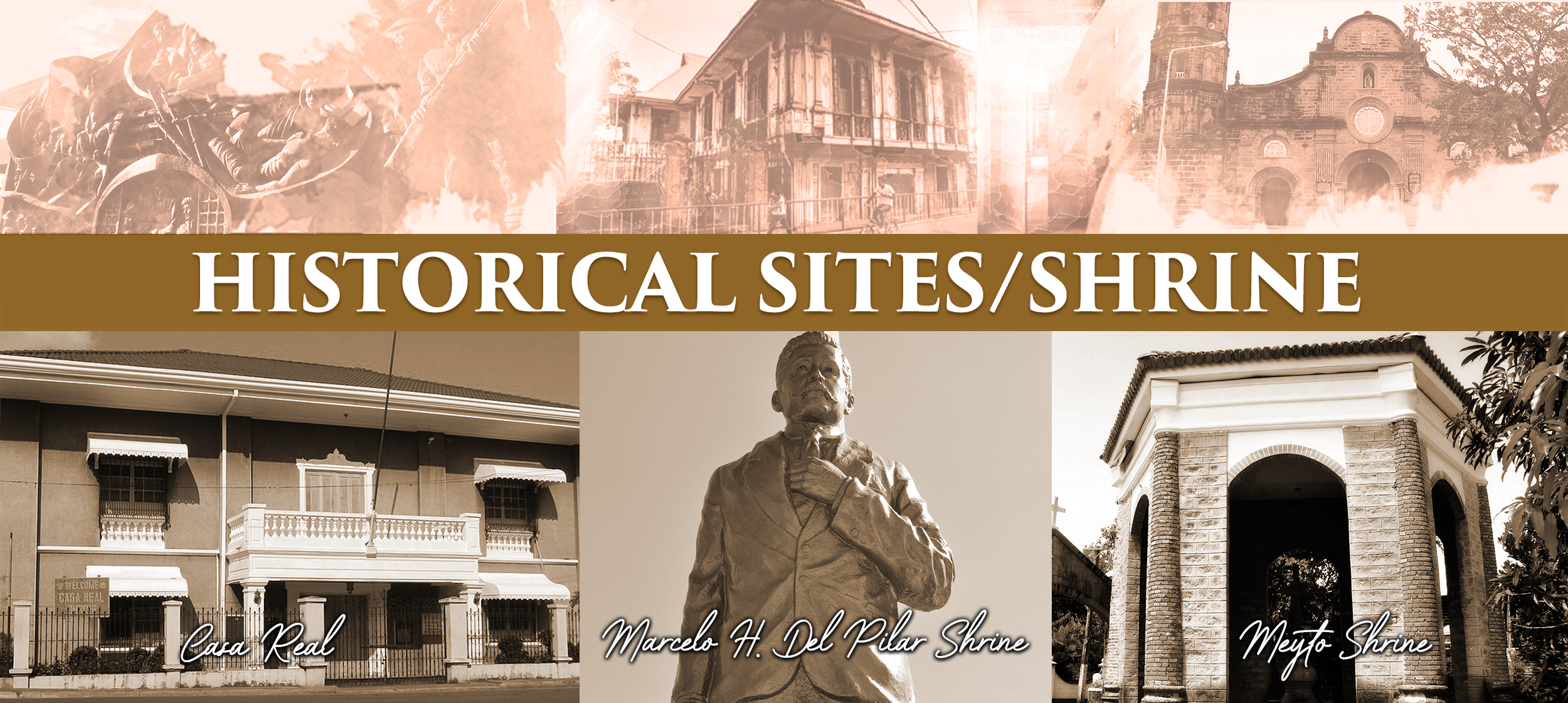Religious Sites
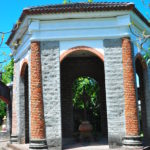
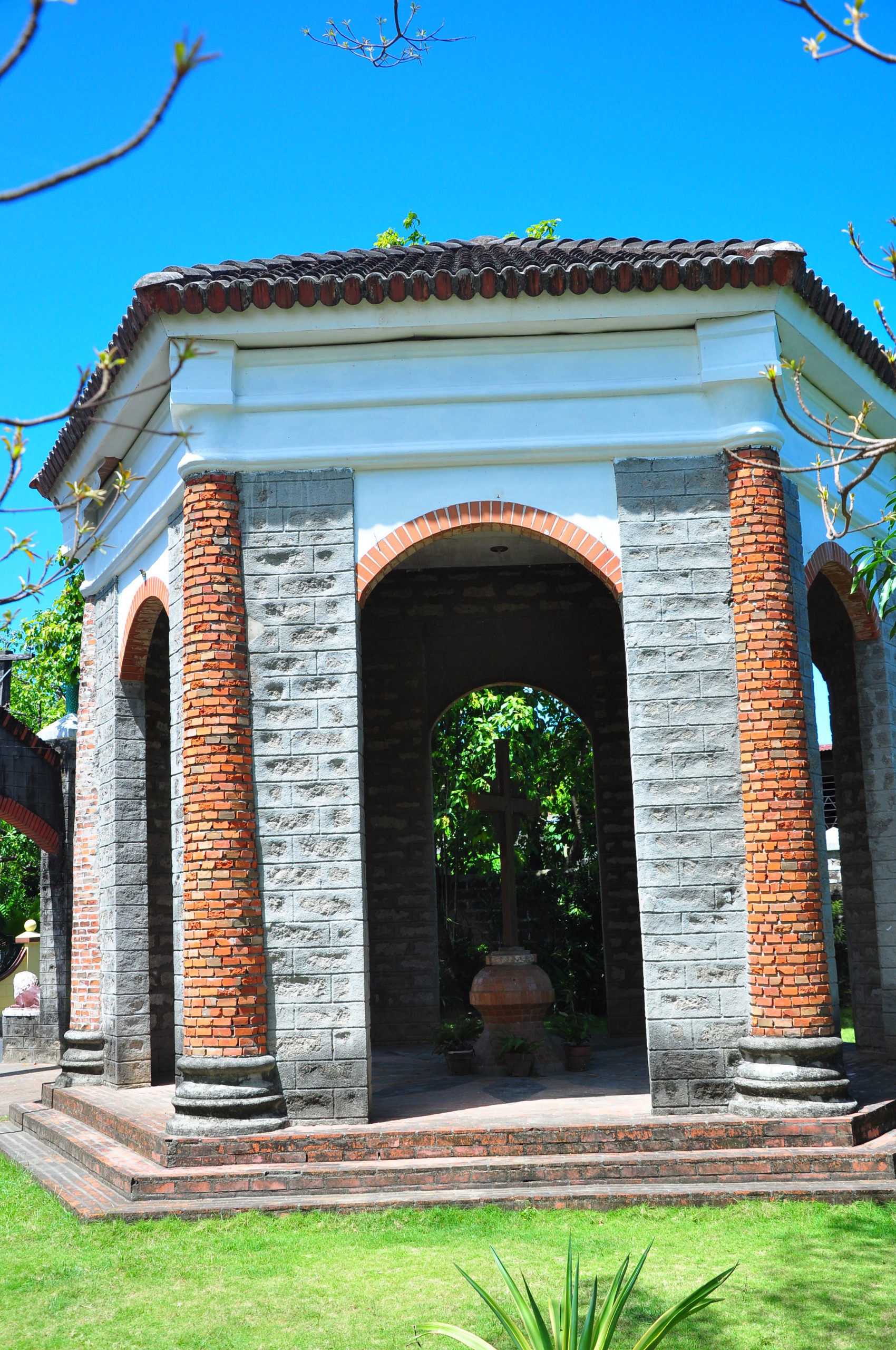
Meyto Shrine
This is the cradle of Christianity in the province, where the first Catholic Mass was held by the Augustinian friars, armed with cross in 1572.
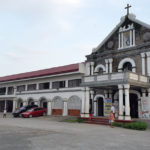
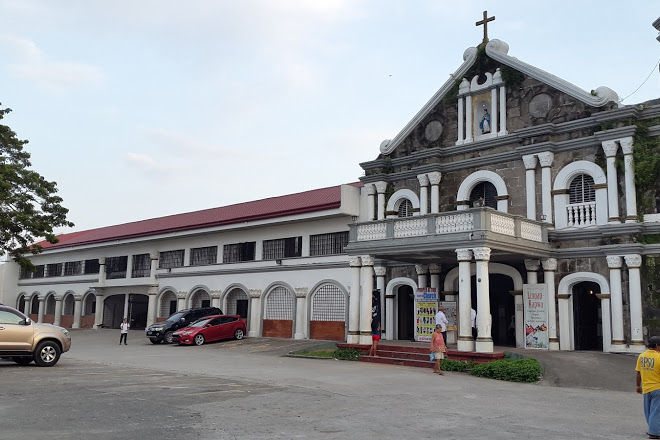
St. Martin of Tours Church
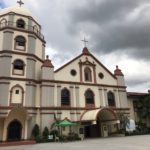
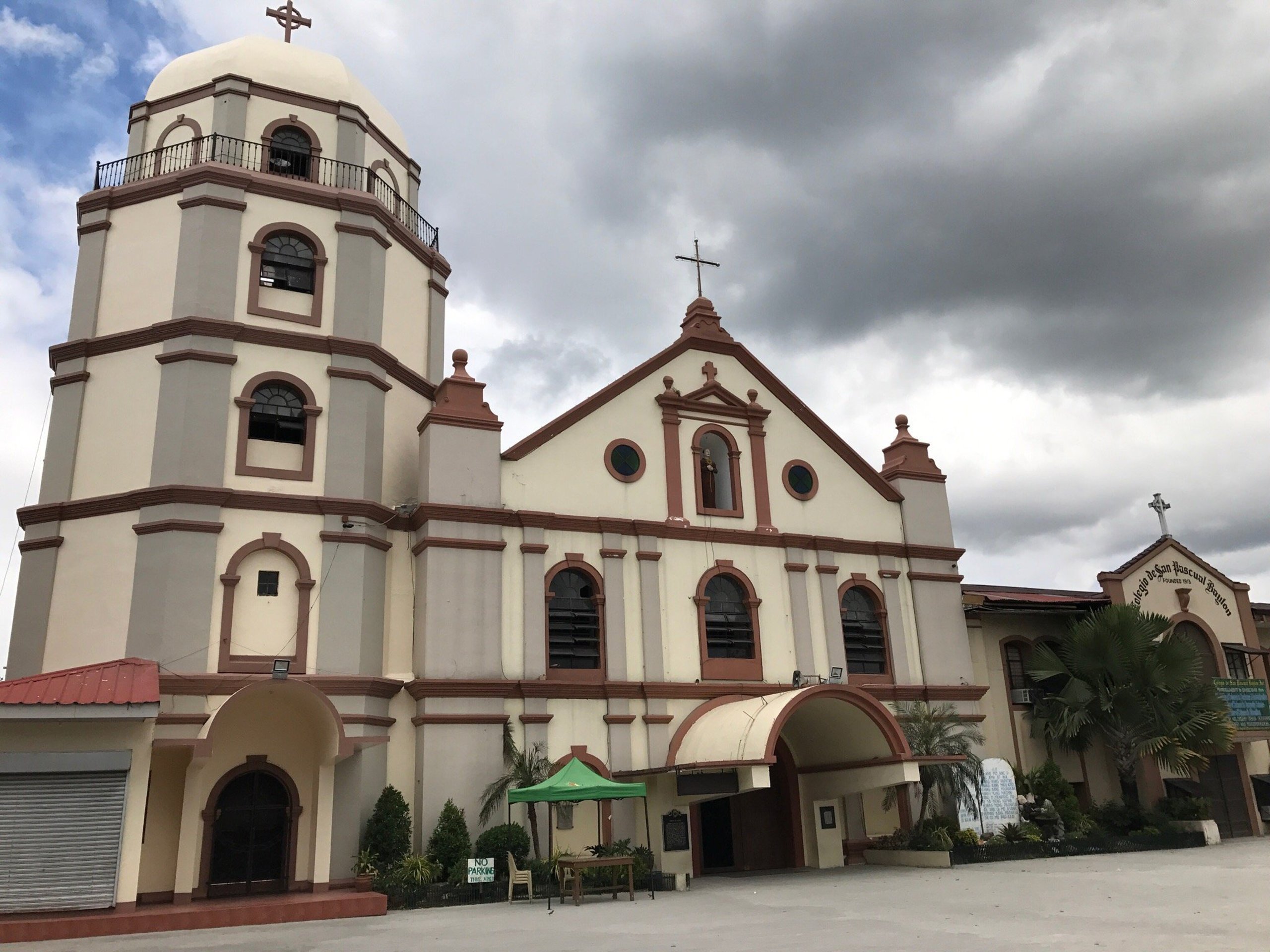
San Pascual Baylon Church
The popular fertility rites and fiesta celebration held here during May 17-19.
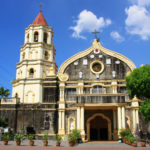

Plaridel Catholic Church
A 400-year old Parish Church.
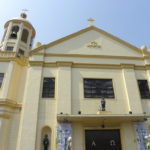
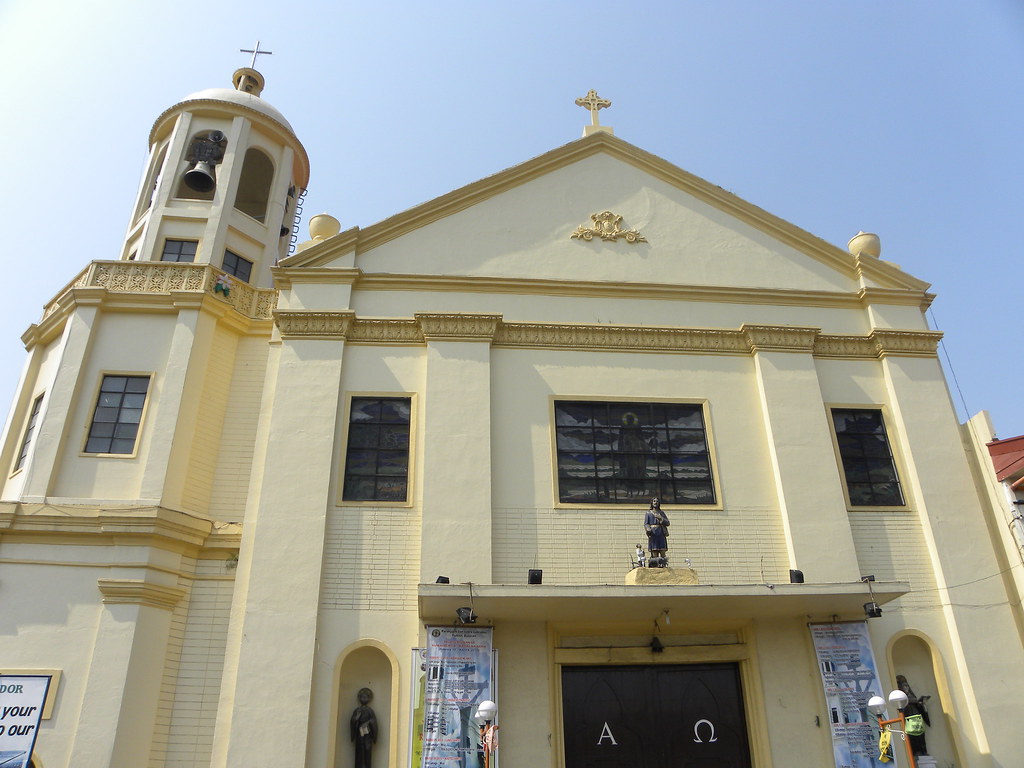
San Isidro Labrador Church
San Isidro Labrador Church is one of the most historical churches in the Province of Bulacan. The town of Pulilan was once named San Isidro, in honor of San Isidro Labrador, the patron saint of the farmers.
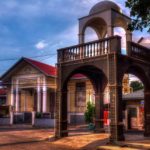
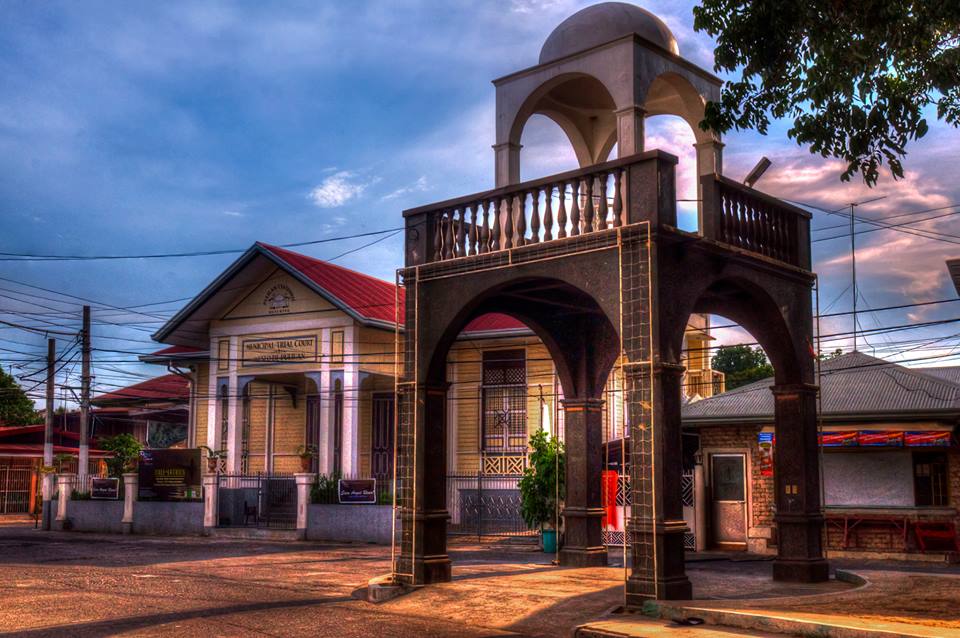
Museo San Ysidro De Pulilan
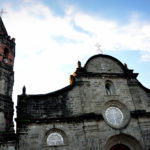
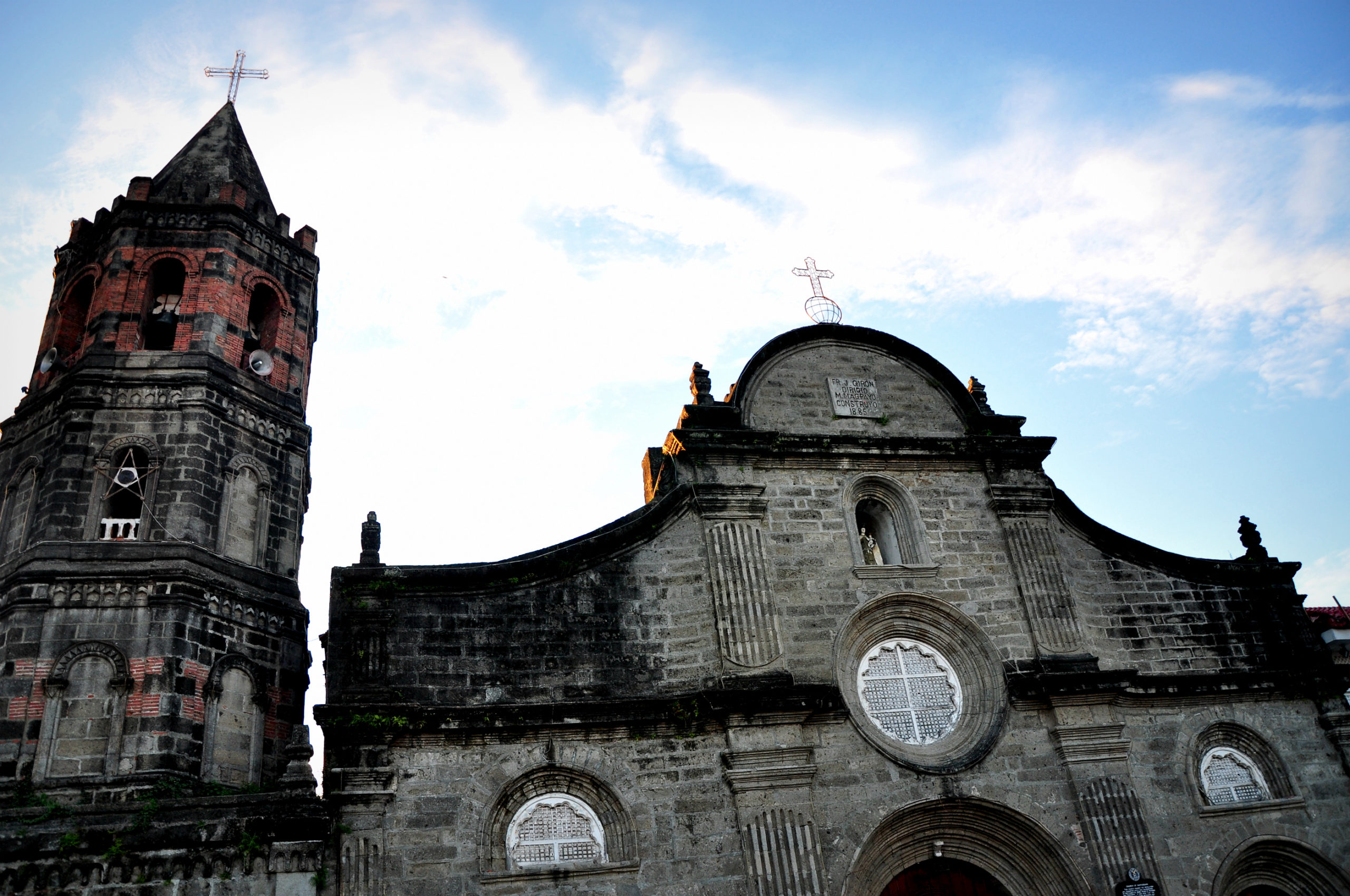
Barasoain Church
A national shrine, the historic Barasoain Church is the site of the Constitutional Convention of the first Philippine Republic, making the Philippines the very first Asian Government to promulgate a Constitution. It was the Seat of the First Philippine Republic on Sept. 15, 1898 to the last week of Feb. 1899 under the presidency of Pedro Paterno. In its convent the Universidad Literaria Cientifica de Filipinas was first housed. It also boasts of a light and sound museum under the management of National Historical Institute.
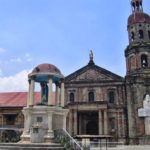
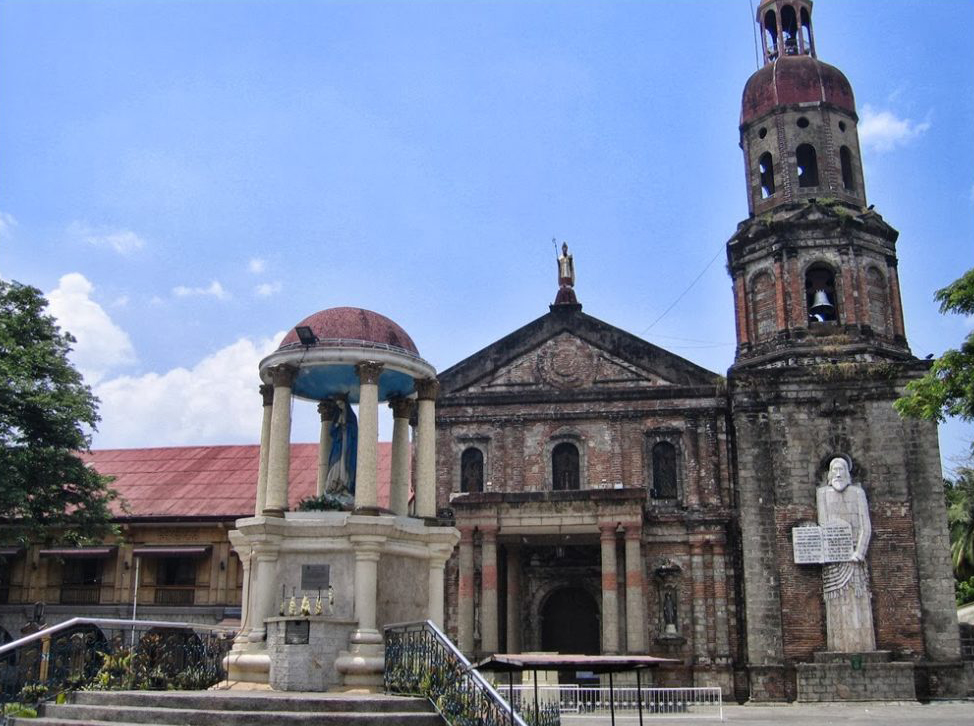
San Agustin Parish Church
Constructed between 1769 to 1774, the style of Baliuag church is Baroque as seen on the facade and interiors. Dramatic tension is created by the interplay of volumes and openings. The Practico is the latest addition which mars the complete layout of style.
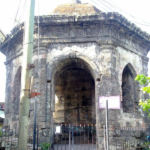
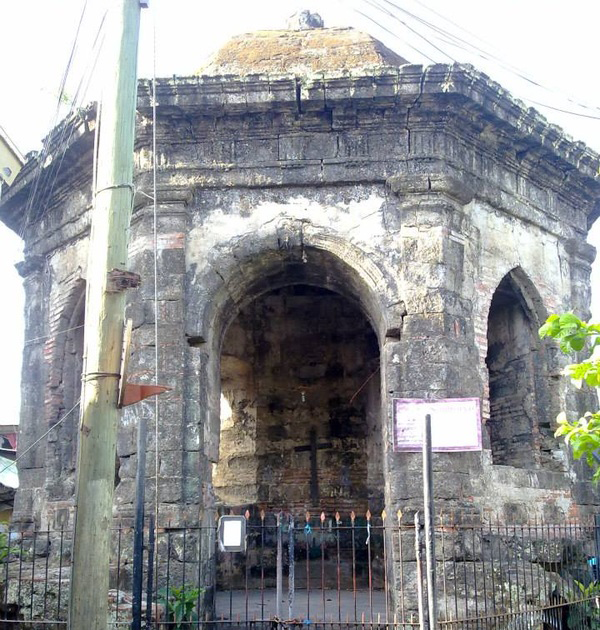
Simbolo Chapel
One of the town’s major attractions is the Simborio Chapel. One of the oldest existing structure from the Spanish era, believed to have been constructed in the 1800s, is said to have been greatly unique from other similar structures because of its remarkably rather low height or elevation.
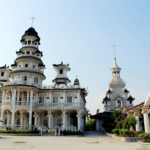

Shrine of Saint Andrew Kim
Grotto of our Lady of Lourdes
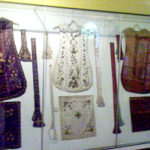
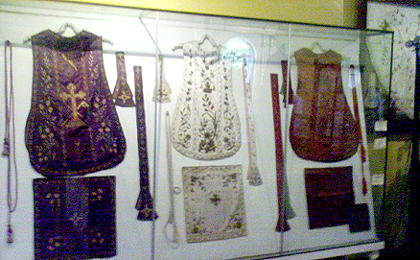
Barasoain Ecclesiastical Museum
A museum managed by National Historical Institute showcasing a collection of municipal antiques and priceless array of artifacts.
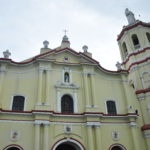
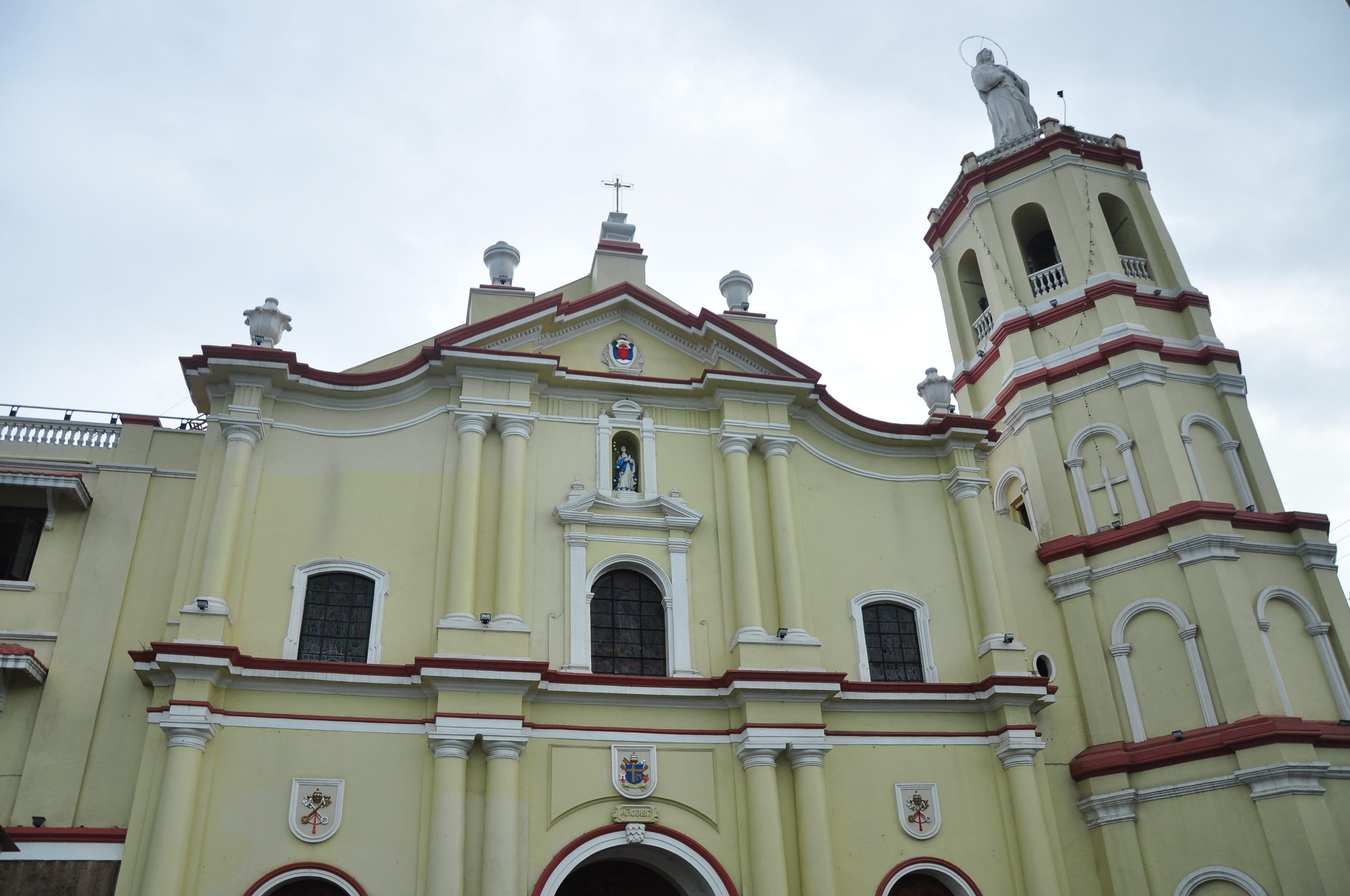
Basilica De Menore De Immaculada Conception
This historic church was in 1896 the seat of power of Gen. Emilio Aguinaldo—the first president of the Republic of the Philippines. Located in front of the Basilica Minore is a century-old tree known as the Kalayaan Tree (Tree of Freedom) which was planted by Pres. Aguinaldo during a lull in the historic Malolos Convention. It is presently the seat of the Diocese of Malolos, and has been the bastion of faith for the past centuries.
St. John the Baptist Church
Built in 1572, the St. John the Baptist Church is the oldest church in Bulacan. Constructed under the supervision of Augustinian priest Fr. Diego Vivar-Ordoñez, the church had been witness to the Filipino’s struggle against Spanish, American and Japanese rule. Inside the church is a tunnel that, according to history, was used by priests during the Spanish regime to keep gold, religious statues, and ornate jewelry hidden from the sight of treasure hunters. Likewise, it is in this tunnel where revolutionaries and Spaniards were buried during the war. This was also Gen. Tanaka’s (Japanese Imperial Army) last battlefield.
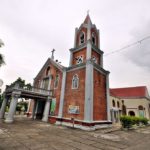
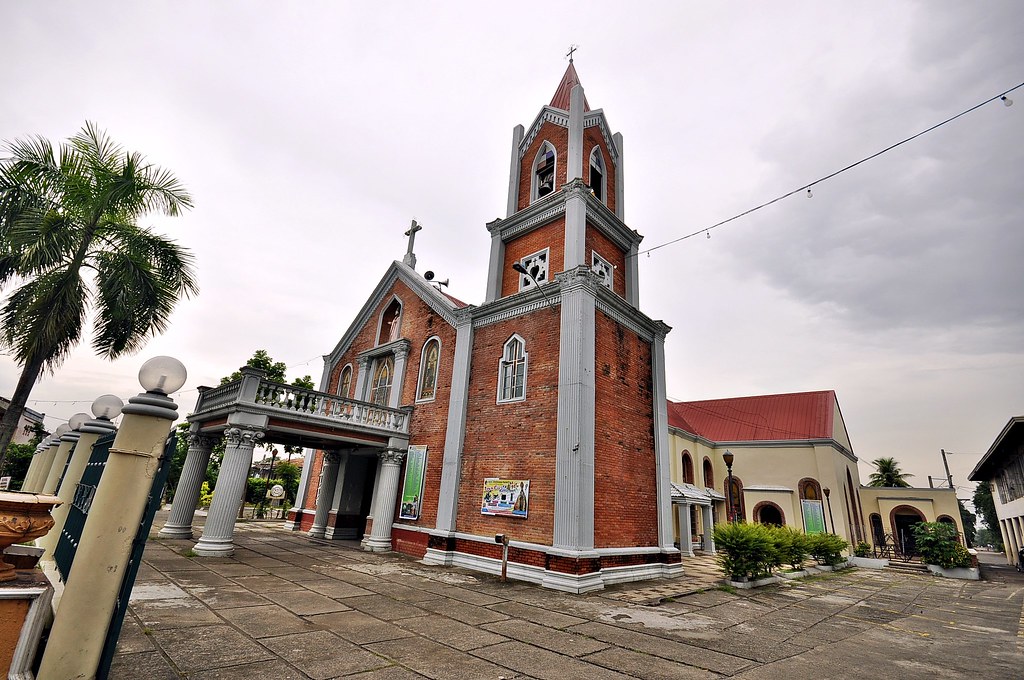
St. Ildefonsus Church
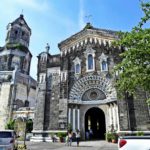
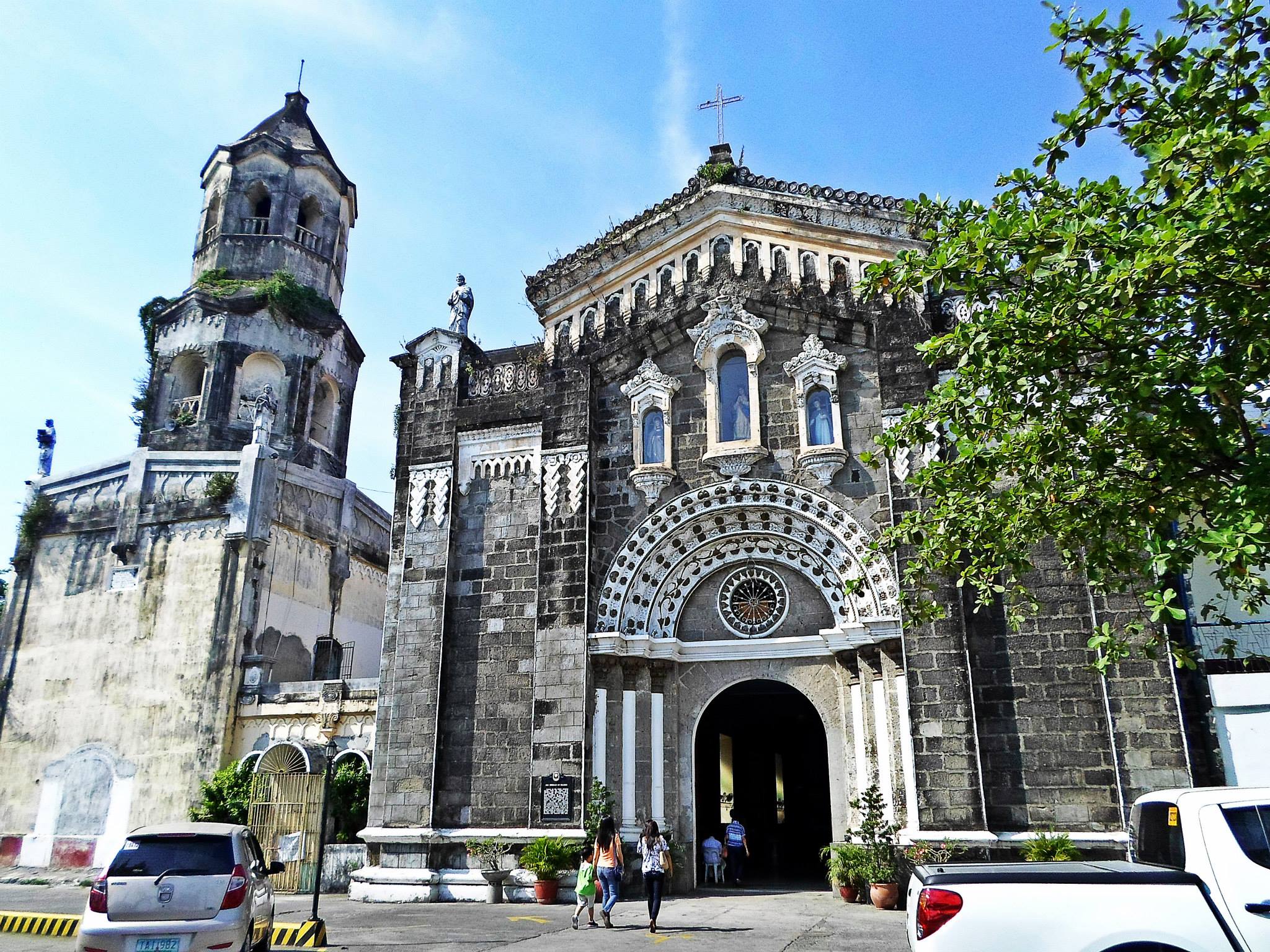
Assumption of Our Lady Church
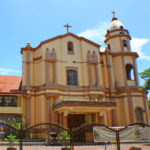
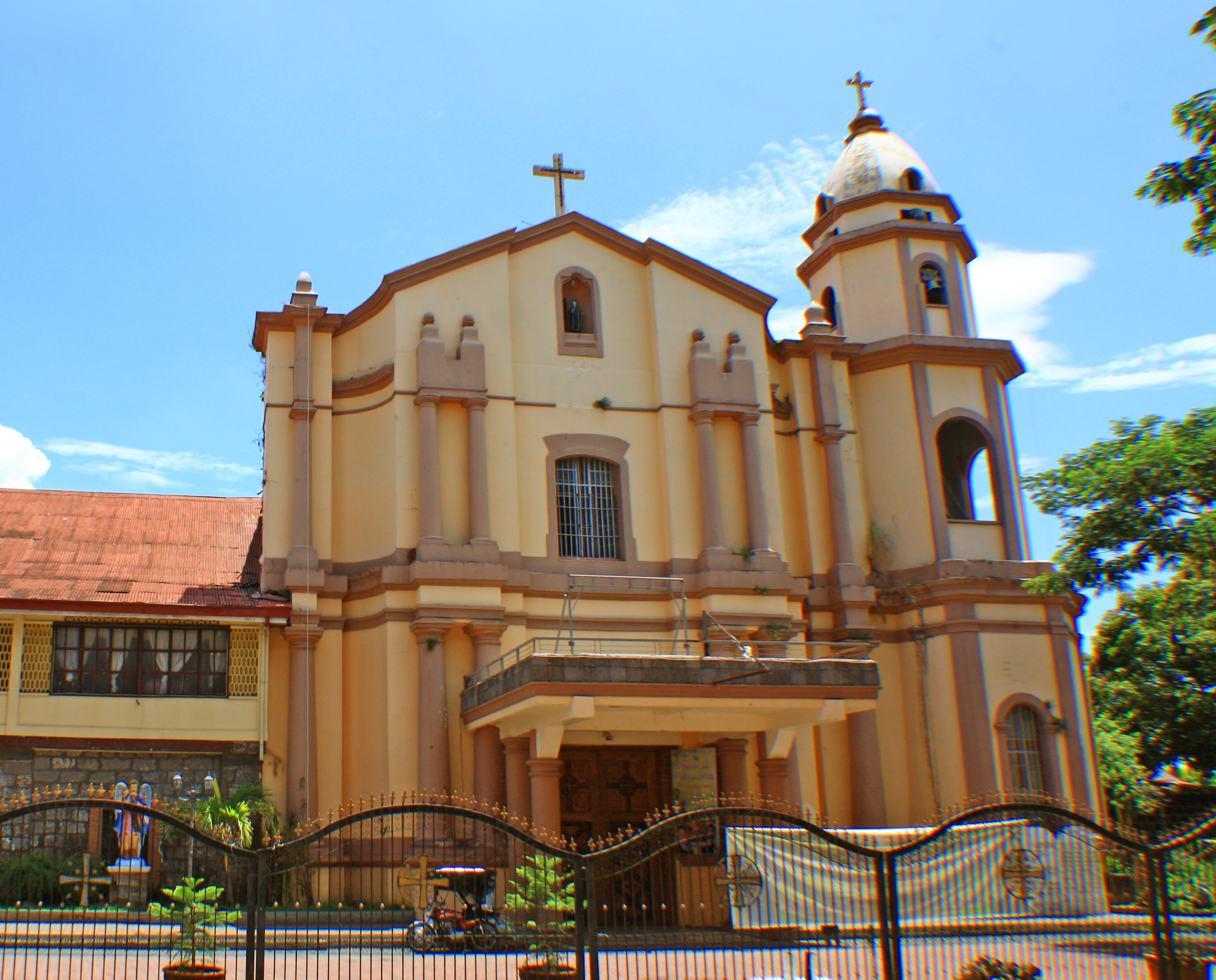
St. John of God Parish Church
The San Rafael Church was the site of the historic battle on September 30, 1896 between the Spanish Guardia Civil and the Katipuneros of Bulacan. General Anacleto Enriquez a.k.a. Matang Lawin, Trinidad Tecson along with almost a hundred katipuneros perished in that battle. It was said that blood was spilled ankle high in that incident.

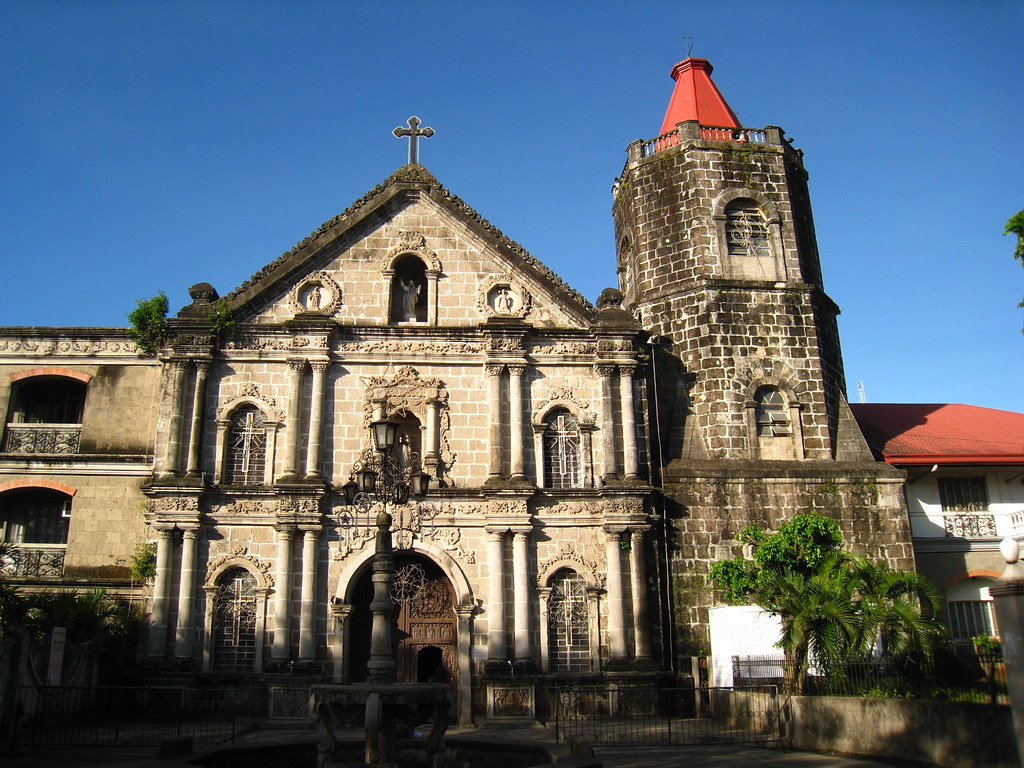
Sta. Monica Church
A 400-year old church, the Sta. Monica Church is one of the oldest churches of the province, and one of the most beautiful chuches in the Philippines. It displays a marvelous Baroque architecture and its interior replicated the famous Sistine Chapel.
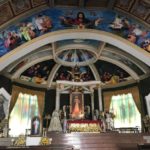
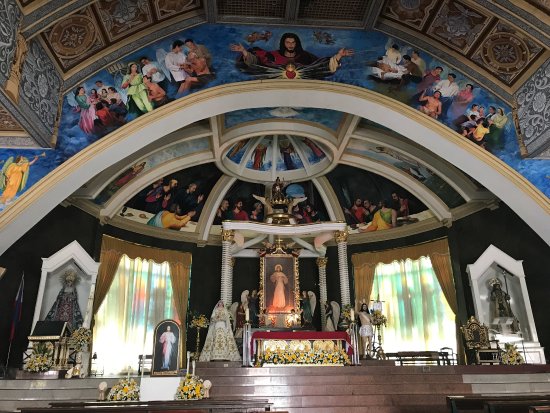
Divine Mercy National Shrine
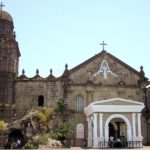
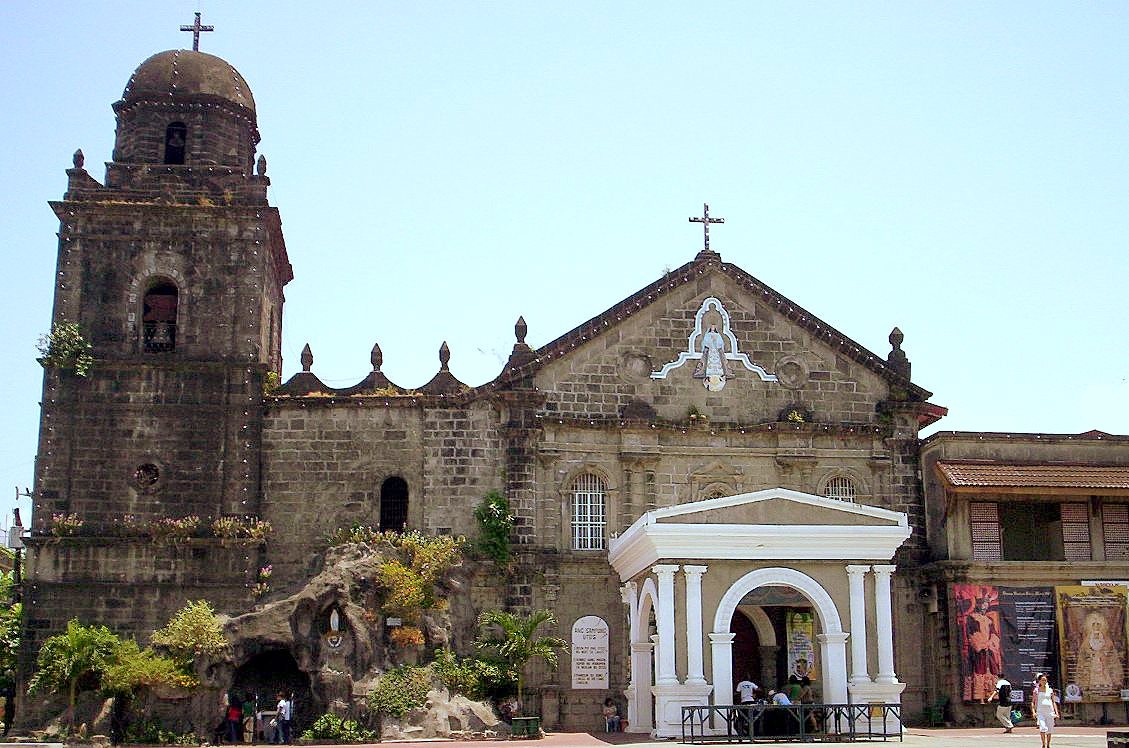
La Immaculada Conception Church
A 200 year old church.
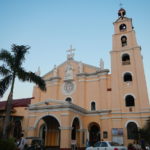
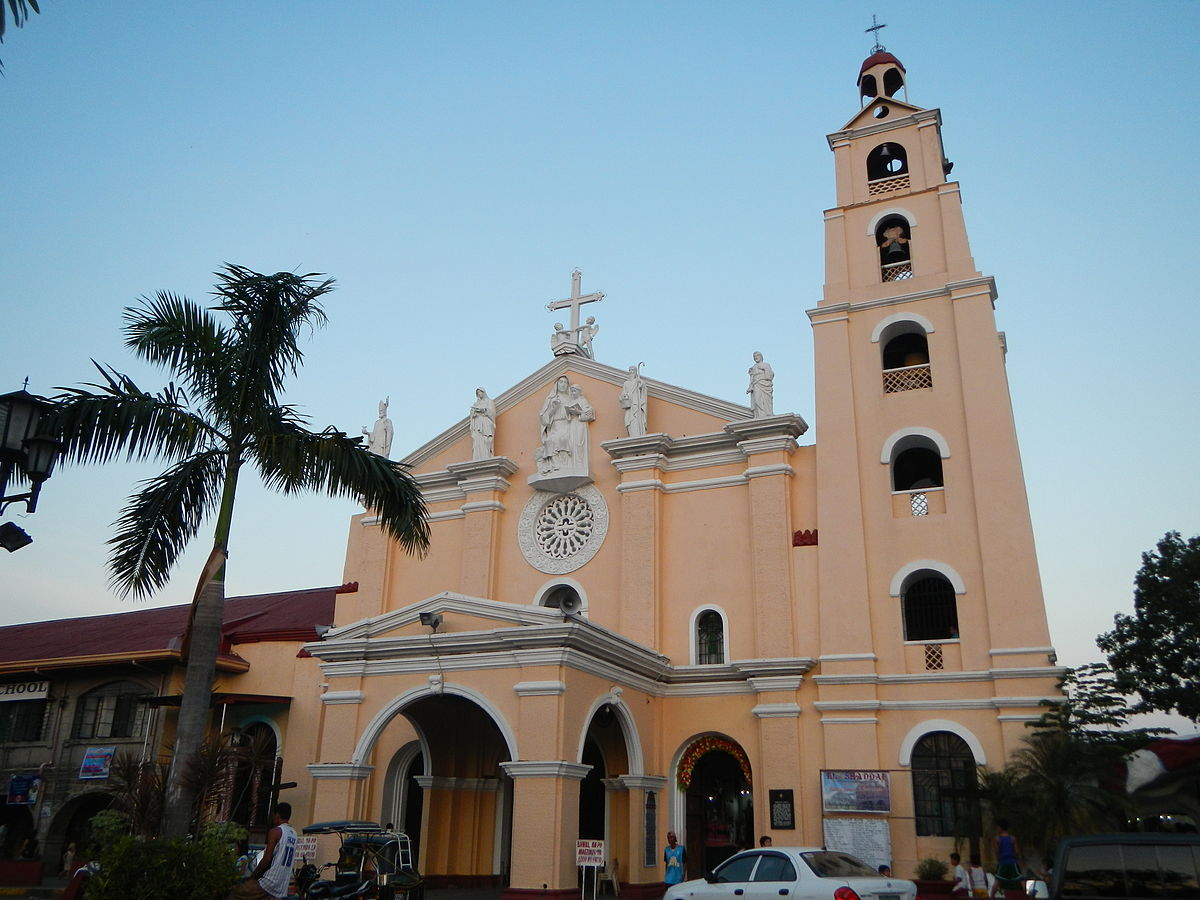
National Shrine of Saint Anne
This century-old church is the only one in the Philippines where the relics of Saints Anne and Joaquim, parents of the Blessed Virgin Mary, are venerated.
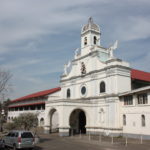
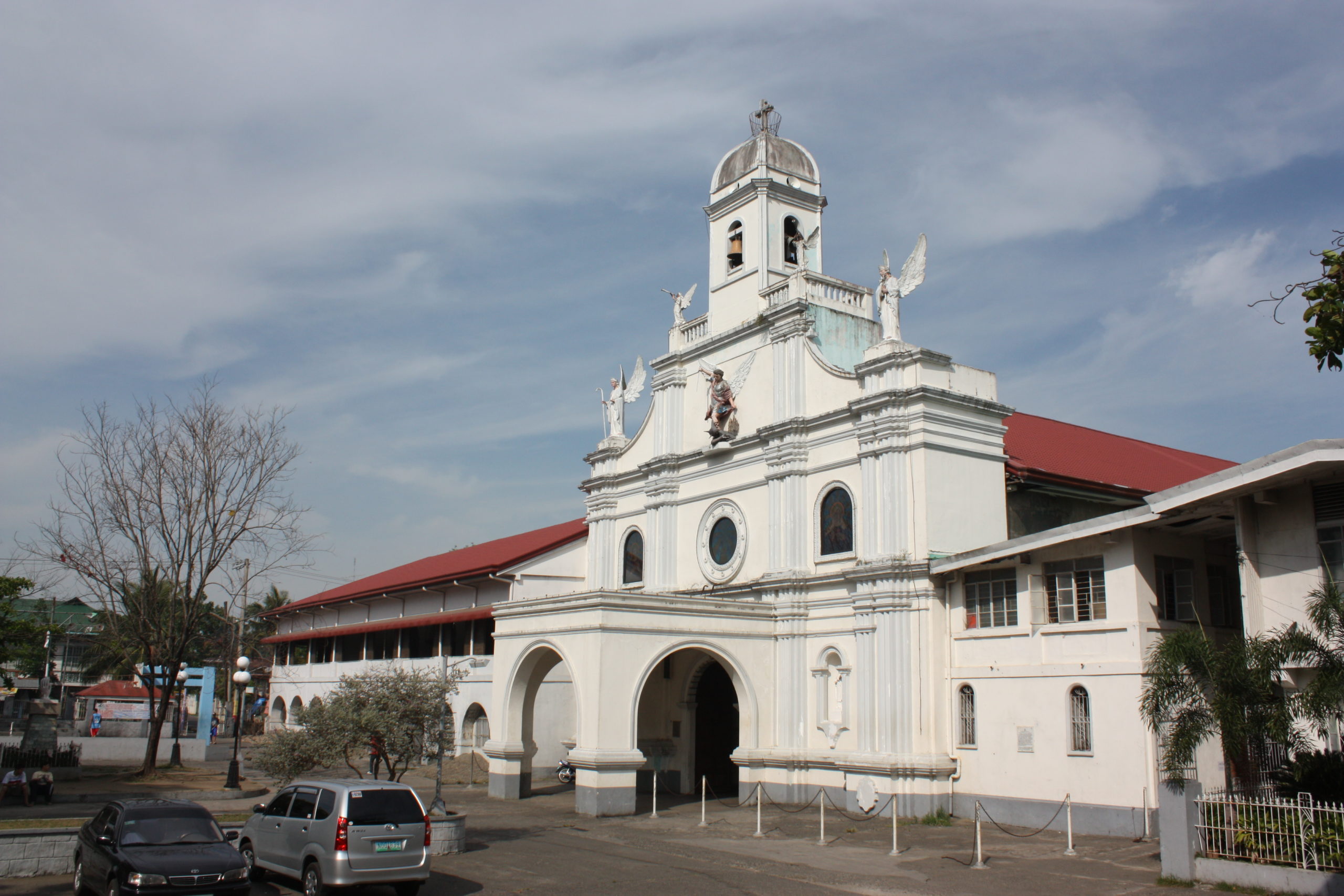
San Miguel Catholic Church
The Augustinian friars built this church more than 200 years ago.
